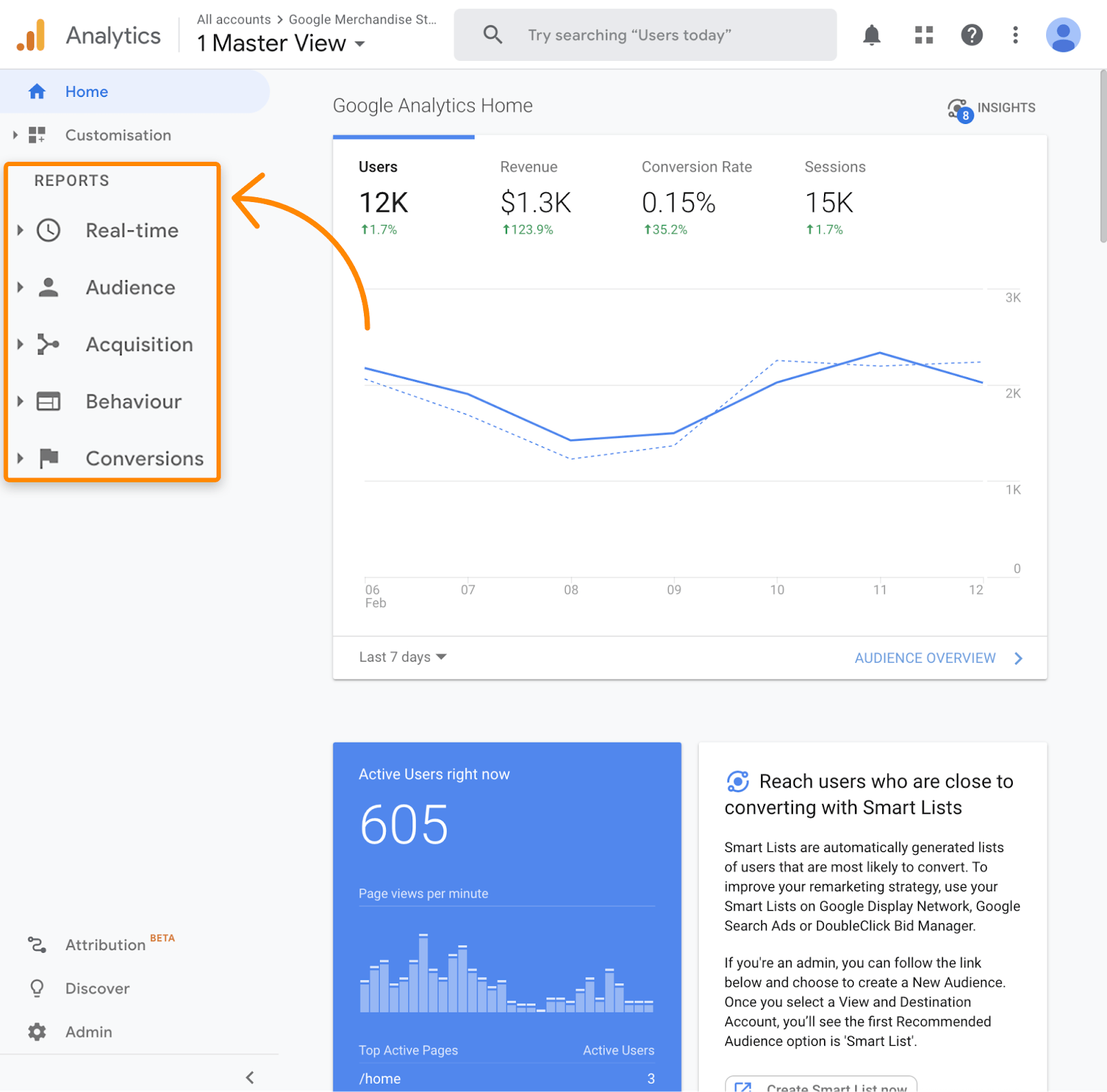Debunking Secondary Dimensions in Google Analytics: Definition and Practical Applications
Debunking Secondary Dimensions in Google Analytics: Definition and Practical Applications
Blog Article
Maximizing Your Data Analysis With Secondary Measurement in Google Analytics for Informed Decision-Making
In the realm of electronic analytics, the capability to remove meaningful insights from data is paramount for making notified choices that drive service success. Google Analytics, an effective tool in the hands of electronic marketers and experts, provides a feature referred to as Secondary Dimension. This often-underutilized function has the prospective to uncover a wide range of details that can give a deeper understanding of customer behavior and website performance. By using the capacities of Second Measurement, individuals can gain a much more extensive sight of their information, enabling them to make critical choices based on a much more nuanced and comprehensive analysis.
Recognizing Secondary Dimension Capability
Understanding the secondary measurement capability in Google Analytics boosts the depth of information evaluation by supplying extra context to key metrics. By integrating an additional dimension, analysts can section and contrast information, acquiring insights that would certainly or else remain hidden. This attribute permits individuals to watch information with various lenses, such as the source of traffic, individual actions, or geographic location, supplying an extra comprehensive understanding of internet site efficiency.
When looking exclusively at key metrics,Utilizing secondary dimensions can expose patterns and relationships that may not be apparent. Combining the main metric of web page sights with a second dimension like tool group can reveal whether specific devices drive more traffic to specific web pages. This info can after that notify web site optimization strategies tailored to various device customers.
Carrying Out Additional Dimension in Reports
Structure upon the insights gained through secondary measurement evaluation, integrating these measurements properly right into reports in Google Analytics is important for removing actionable data-driven decisions. what is a secondary dimension in google analytics. By executing second measurements in reports, users can delve much deeper into the performance metrics of their site or app. This function enables a more extensive evaluation by giving added context to the primary measurement chosen
To implement a secondary dimension in reports, just browse to the desired report in Google Analytics and click the "Additional dimension" tab situated above the information table. From there, individuals can pick from a vast range of secondary measurements such as 'Source/Medium', 'Device Category', or 'Landing Web page'. Choosing one of the most relevant secondary measurement will depend on the certain insights you are seeking to uncover.
Using secondary dimensions in records not just improves the deepness of evaluation but additionally help in identifying patterns, patterns, and connections that might have otherwise gone unnoticed. This critical approach to information analysis enables businesses to make informed choices that drive development and success.

Studying Data With Second Dimensions
Upon integrating additional dimensions into information evaluation within Google Analytics, a thorough examination of essential efficiency indicators can be accomplished, offering beneficial understandings for strategic decision-making. By utilizing additional measurements, analysts can further study their key data measurements, such as traffic resources or customer demographics, to reveal patterns or trends that may not be immediately noticeable. This deeper level of evaluation permits an extra extensive understanding of individual habits and communications on a website or electronic system.
Examining data with additional measurements enables marketing experts and site proprietors to answer even more particular questions about their target market, content performance, and advertising initiatives. As an example, by incorporating the key dimension of traffic resources with a secondary dimension like geographical area, businesses can determine which areas drive the most valuable website traffic to their website. This sort of granular understanding can notify advertising and marketing strategies, web content development, and website optimization initiatives to much anchor better cater to the needs and preferences of their target market.
Leveraging Secondary Dimensions for Insights
By integrating additional dimensions successfully, experts can extract much deeper insights from data collections in Google Analytics, improving the understanding of user behavior and efficiency metrics. Leveraging additional dimensions involves integrating different attributes or metrics with main data to uncover patterns and trends that may not be noticeable in the beginning glimpse. As an example, by adding a second dimension such as 'Gadget Category' to a record on internet site traffic, analysts can recognize whether user actions varies throughout various gadgets like desktops, cellphones, or tablets.
In addition, using additional dimensions enables experts to sector information much more granularly, allowing them to identify details target market sections or geographical locations that show distinctive behaviors. what is a secondary dimension in google analytics. This division can be instrumental in tailoring advertising and marketing methods, enhancing site material, or boosting user experience based on the distinct attributes of each section
Basically, leveraging second measurements in Google Analytics empowers experts to dive much deeper into information, derive significant insights, and make notified decisions that drive service development and success.
Enhancing Decision-Making Via Secondary Measurements
Making use of secondary measurements in information evaluation gives a calculated advantage by discovering workable understandings that drive notified decision-making in Google Analytics. By enhancing decision-making with secondary measurements, users can delve deeper right into their data to draw out important details that might not be instantly apparent. These added dimensions supply a more detailed sight of customer actions, communications, and outcomes, allowing analysts to make more informed choices based on concrete information.
Through the application of additional dimensions, experts can sector and filter data to recognize patterns, patterns, and connections that might influence decision-making procedures. This boosted level of granularity enables a more targeted method to assessing data, bring about more accurate and insightful verdicts.
In addition, secondary measurements offer the find out here now opportunity to compare different information factors alongside, helping with an extra extensive evaluation of performance metrics and KPIs. By leveraging additional measurements successfully, organizations can optimize their approaches, improve customer experiences, and inevitably attain their goals with self-confidence.
Verdict

Building upon the understandings obtained with secondary dimension evaluation, integrating these dimensions successfully into records in Google Analytics is essential for drawing out workable data-driven choices.To carry out an additional measurement in records, simply navigate to the wanted report in Google Analytics and click useful link on the "Secondary measurement" tab situated over the information table. By making use of second dimensions, analysts can better explore their key data measurements, such as website traffic sources or individual demographics, to uncover patterns or patterns that might not be quickly apparent. By incorporating the main measurement of traffic sources with a secondary dimension like geographical location, organizations can recognize which regions drive the most important web traffic to their website.By integrating secondary dimensions effectively, experts can remove deeper insights from data collections in Google Analytics, improving the understanding of user habits and performance metrics.
Report this page